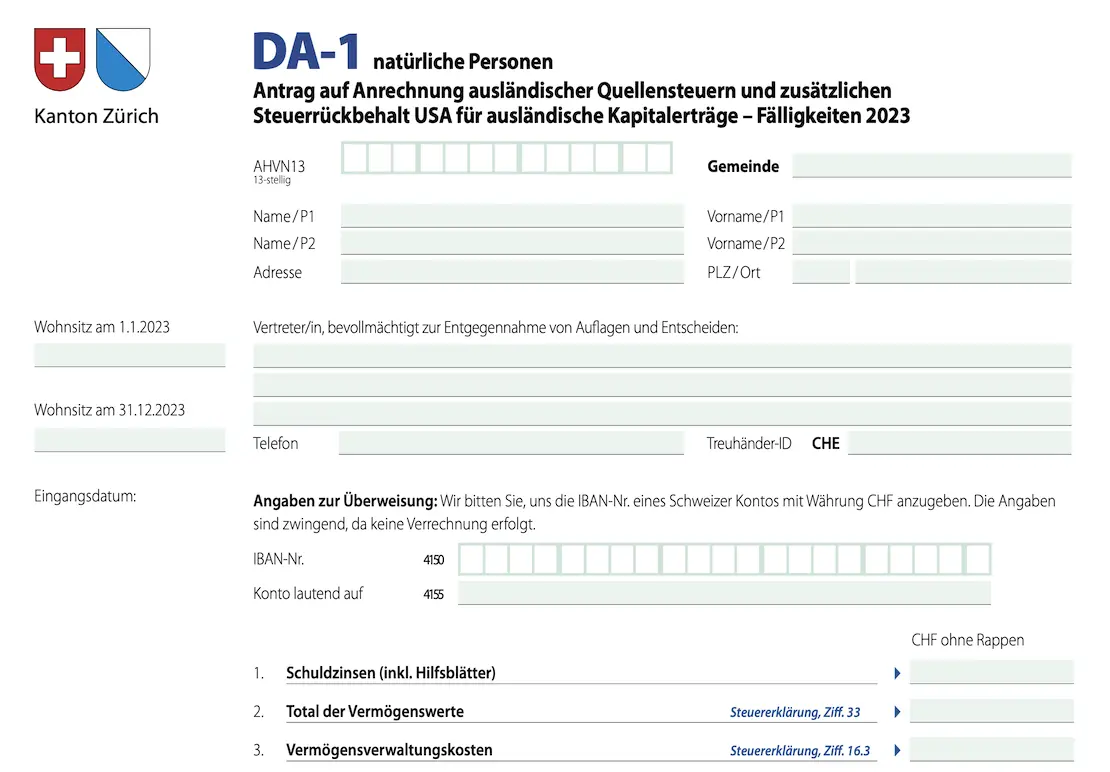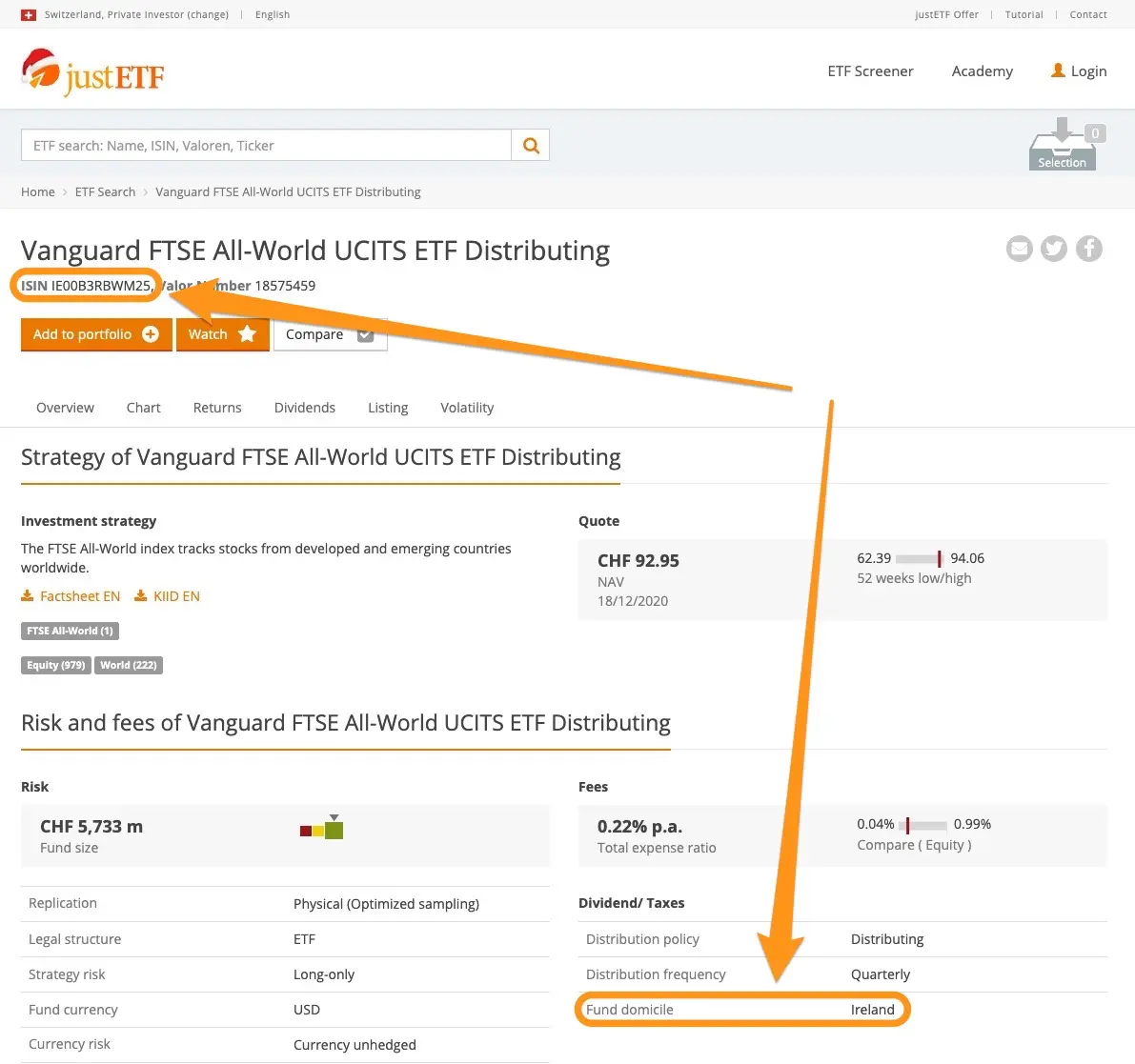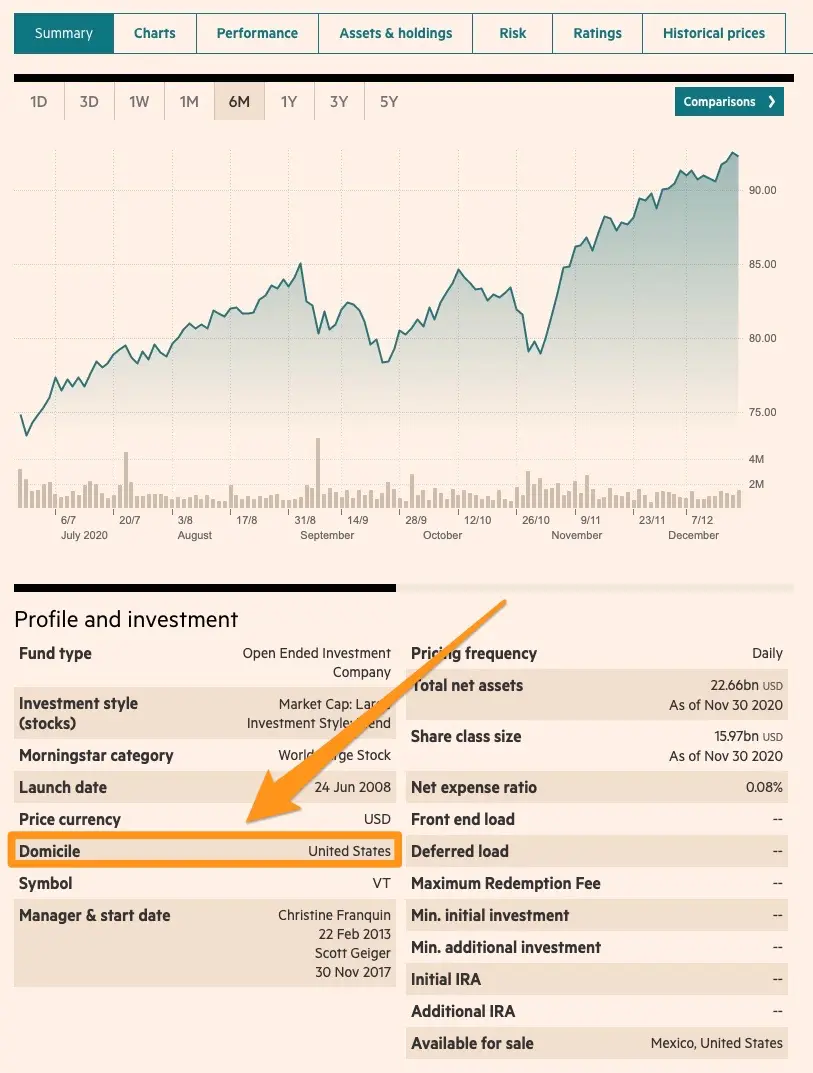As Yann Marguet would say, definition — according to the Federal Tax Administration (FTA for intimates) with my notes in bold to make it more digestible:
Withholding tax is a tax levied at source (i.e. before it reaches your brokerage account) by the Swiss Confederation on various returns on movable capital (notably on interest and dividends — our famous dividends discussed in this chapter), on cash winnings from Swiss lotteries (very little for us) as well as on certain insurance benefits. Above all, it constitutes a means of tax technique intended to fight against tax evasion, by encouraging the taxpayer to declare to direct taxes his income subject to withholding tax and the assets from which this income comes from.
The last sentence explains the purpose of this tax: it exists so that you do not evade Swiss tax by not declaring your securities. Indeed, it is a deterrent because by doing so, you would lose this tax at source, which often amounts to several tens of percent of the amount of dividends received [1].
And clearly, when you receive a nice dividend of CHF 200, and you see this last dividend reduced by 35% (this is the case in Switzerland), it’s really not nice to have CHF 70 less… hence the importance that we review together how to recover this withholding tax in most cases!
[1] Also, note that I am speaking here only of the situation for someone who lives and pays his taxes in Switzerland. If you reside (and pay your taxes) abroad, then the situation will be different.
“Withholding taxes on my investments only exist in Switzerland, right?”
Good question!
There is nothing Swiss about the withholding tax system since many other countries use it as a tool to fight tax fraud.
This is what makes this chapter so complex. Because, depending on where you invest, you have to find out about every tax rule. But don’t worry, we will look at all the most common cases together in the rest of this guide.
Before that, there is one key concept you need to understand: the two levels of withholding tax.
I would like to thank @nugget and all the other participants on this MP Forum wiki post for the wealth of information they shared.
Likewise, the section you’re about to read draws much of its source material from the following sites: bogleheads.org and Turtle Investor.

I wrote this complete guide for me too (especially!), because as soon as I have to pay Swiss taxes for my investments, the only thing I want to do instead is to go hiking in the Jura. You see how passionate I am about this subject! :)
The two levels of withholding tax (L1TW and L2TW)
When you receive a dividend that is subject to withholding tax, you have two possible scenarios on how the cash from the dividend passes from hand to hand:
- Company X ==> ETF ==> Investor
- Company X ==> Investor
Scenario 1 takes place when you buy an ETF that receives all the dividends as a fund with thousands of companies. Then the ETF itself pays those dividends back to you.
Scenario 2 is easier to understand, because it’s when you receive the dividend directly from a company you own.
Next, let’s add the L1TW and L2TW withholding taxes where they are taken:
- Company X [L1TW] ==> ETF ==> [L2TW] Investor
- Company X ==> [L2TW] Investor
These L1TW and L2TW nomenclatures mean nothing other than “Level 1 Tax Withholding”.
As you can see, in the second scenario where you buy a share directly without going through an ETF or fund, you have no L1TW withholding tax.
Let’s take a concrete example to make sure you understand these two scenarios:
- Roche company [US withholding tax = L1TW] ==> ETF VT (which contains Roche) ==> [Swiss withholding tax = L2TW] Investor (you!)
- Roche company ==> [Swiss withholding tax = L2TW] Investor (you!)
We will see all possible and imaginable examples in part 2 of this chapter.
In the meantime, we must move forward with the theory. And in particular the domicile. This is a key element that will define how your dividends are taxed. And I’m talking as much about the domicile of the company, of the ETF, as about yours.
Domicile, a crucial parameter in investment taxation
When it comes to taxing your investments, there are two “domicile” variables that define what you have to pay and to whom:
- Your tax domicile, i.e. the country where you pay your taxes. To make this clear in case you get lost on the global Internet, this complete guide as a whole assumes that your tax domicile is Switzerland
- The domicile of the security (a stock, ETF, fund, bond or whatever), i.e. the country where the security you want or have acquired comes from. Also, if a global ETF includes a lot of companies from all over the world, it doesn’t matter to us in this chapter of withholding taxes on dividends since it is the “domicile” of the ETF that is the deciding factor of by whom your dividends are going to be eaten
There are two tips to find out where an ETF is domiciled:
- The first one is to find this information written in black and white
- The other is to look at the first two letters of the ISIN (the unique identifier of a security) which also tell you the domicile
In pictures it is often more concrete:
JustETF.com lists most of the European ETFs, including the famous VWRL ETF
You can see on this screenshot that the ETF VWRL’s domicile is in Ireland:
And what about our VT ETF?
The VT ETF is not listed on JustETF.com as this site only lists European ETFs. You can easily find it on the ETFs databases etf.com or on etfdb.com. Except that at the time of this writing, neither the domicile of the fund nor the ISIN is mentioned.
If this happens to you, I advise you to do what I did: type in Google “VT ETF domicile”. This brought me to the website of the Financial Times and its market data which indicates that this VT ETF is well domiciled in the US:
How to recover the withholding tax as a Swiss investor
The recovery of the withholding tax is done via your Swiss tax return. Whether it is withholding taxes withheld by the Swiss tax authorities or by any other tax authority in another country, the actual recovery takes place when you declare your taxes in Switzerland. This is because your tax domicile is in Switzerland.
To be precise, the recovery of the part of your dividends that has been deducted through withholding tax is done in two phases when you declare your taxes:
- Swiss securities: you have a dedicated section (at least in the canton of Vaud) where you declare your dividends’ gross income, and the software calculates the anticipated dividends that the Swiss tax authorities have taken from you. These dividends will be refunded to you by deduction on your final tax bill (i.e. you will pay less tax)
- Foreign securities: ditto, you have a dedicated section to declare your dividends from foreign securities. And it is in this same section that you will use two special forms (filled automatically by the VaudTax software in my case, and I think it is the case in many cantons) to claim the part of your dividends that is subject to withholding tax (DA-1 and R US-164 not to mention them — which will be discussed in detail in the second part of this chapter)
Why is the subject of withholding taxes so important to an investor?
You may be wondering why we talk so much about withholding taxes in the FIRE (Financial Independence, Retire Early) community? And that’s a good question!
The answer is simple.
When you are going to invest several hundred thousand CHF, your dividends will represent a non-negligible portion of thousands or even tens of thousands of CHF. And that’s on this amount that you will be charged 15 or 25% withholding tax.
So you’ll say: “Yes, that’s not cool MP, I understand. But as you explained above, if I don’t cheat the taxman, I’m going to get that 15 or 25% back, right?”
Yes, you will get it back. But in a year’s time on your next Swiss tax return!!!
And that’s why we talk so much about it.
Because all those CHF that the taxes are taking from you, well, they don’t work for you as long as it’s in the tax pocket — i.e. for a year!
So, the less withholding tax you pay, the better off you are as an investor!
Examples, we want examples!
So, we’ve seen the basic theory of withholding taxes on your dividends as a Swiss investor.
Now let’s move on to my favorite part: concrete examples with real ETFs and situations you will encounter yourself.


